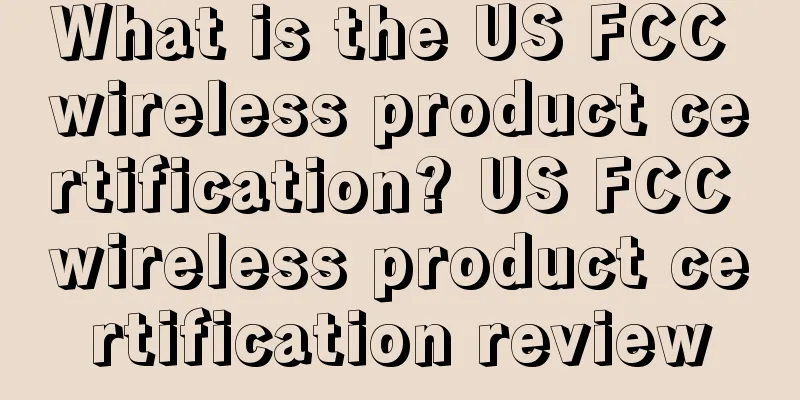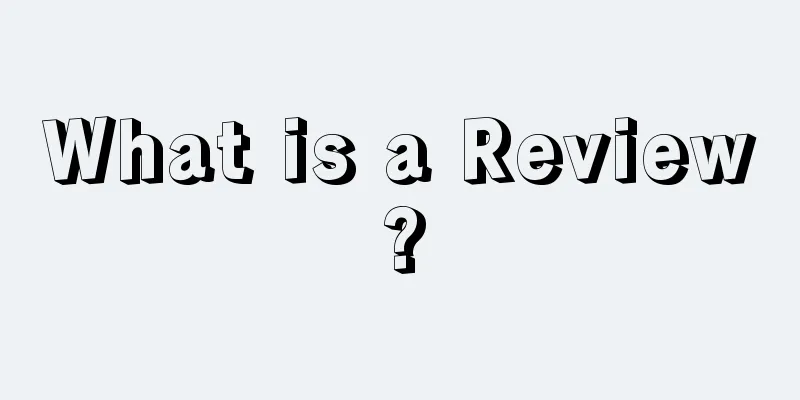What is the US FCC wireless product certification? US FCC wireless product certification review

|
The full name of the US FCC certification is the Federal Communications Commission. It was established by the COMMUNICATIONACT in 1934. It is an independent agency of the US government and is directly responsible to Congress. The FCC coordinates domestic and international communications by controlling radio broadcasting, television, telecommunications, satellites, and cables. It involves more than 50 states, Columbia, and territories in the United States to ensure the safety of radio and wire communication products related to life and property. The US FCC certification is divided into three types of certification: FCC-ID certification, FCC-DOC certification, and FCC-VOC certification. Category Compliance Certification Process 1. Declaration of Conformity The party responsible for the product (manufacturer or importer) will have the product tested by a qualified testing agency designated by the FCC and a test report will be made. If the product complies with the FCC standards, the corresponding label will be affixed to the product, a statement regarding compliance with the FCC standards will be made in the user manual, and the test report will be retained in case the FCC requests it. 2. Brief FCC application process 1) Apply for an FRN first. The first time you apply for an FCC ID, you need to apply for a permanent Grantee Code; 2) Testing 3) Document preparation and review; 4) Obtain a certificate 5) Note: For receivers with a transmission frequency of 30-960MHz, an FCC DOC is required; for receivers with a USB port, an FCC DOC is also required when this port is used for data transmission. Scope of certification 1) FCC Part 15 - Computing equipment, cordless telephones, satellite receivers, television interface devices, receivers, low-power transmitters 2) FCC Part 18 - Industrial, Scientific and Medical Equipment, i.e. Microwave, RF Lighting Ballasts (ISM) 3) FCC Part 22 - Cellular Telephones 4) FCC Part 24 - Personal Communications Systems, covering licensed personal communications services 5) FCC Part 68 - All types of telecommunications terminal equipment, such as telephones, modems, etc. 6) FCC Part 74 - Experimental broadcast, auxiliary, special broadcast and other program distribution services 7) FCC Part 90 - Private Land Mobile Radio Service including paging devices and mobile radio transmitters, covers land mobile radio products such as high-power walkie-talkies 8) FCC Part 95 - Personal radio services, including devices such as Citizens Band (CB) transmitters, radio controlled (R/C) toys, and equipment used for home radio services Certification information 1) FCC ID Label 2) FCC ID Label Location 3) User Manual (Instruction Manual) 4) Schematic Diagram (Electrical Schematic) or Manufacturer 5) Block Diagram 6) Theory of Operation 7) Test Report 8) External Photos (Exterior photos) Third party 9) Internal Photos (Internal Photos) Certification Agency 10) Test Setup Photos (Test system configuration diagram) |
<<: What is ZonMaster? ZonMaster Review
>>: What is Zally? Zally Review
Recommend
The "suicidal behaviors" that lead to the suspension of Amazon seller accounts and how to prevent them
it is known, Most of the red flags from Amazon in...
Consumption of non-essential goods continues to decline, and Americans are becoming more and more "stingy"!
According to Circana, U.S. non-essential goods rev...
Good news! UK VAT rate may be reduced to 15%
Breaking news! The UK VAT rate may be reduced. UK...
Cross-border e-commerce tools inventory: 10 most suitable PPC optimization tools for Amazon sellers
Amazon PPC advertising can bring certain traffic ...
Enhanced personalized experience! Best Buy app will launch new features
It is learned that on May 14, according to foreign...
VR/AR device sales in the US during the Christmas season increased by 180% year-on-year! Google is expected to launch an AR helmet in 2024!
It is learned that according to the latest data fr...
Emergency! A sudden outbreak of epidemic at the port, will the terminal be closed? Sellers are in a logistics dilemma again!
The New Year is approaching, and sellers are busy ...
What is IMforSMB? IMforSMB Review
IMforSMB is an SEO tool that helps users find loca...
How to calculate commission for Amazon multi-product account?
1. Calculated by sales For example: The guaranteed...
What is Fanzle? Fanzle Review
Fanzle is a tool that focuses on analyzing Amazon ...
UK VAT registration address exposed! Affecting tens of thousands of Chinese companies!
How much sorrow can one have? Just like the strict...
What is Zalora? Zalora Review
ZALORA is a fashion and beauty e-commerce platform...
U.S. online sales reach $550 billion, up 7.5% in first seven months of 2024
Recently, according to the latest data from the U....
Amazon is expected to surpass Walmart to become the largest retailer in the United States in 2022! Here are the reasons...
<span data-shimo-docs="[[20,"获悉,近日,美国摩根大通表...
What is the Qianfan Project? Qianfan Project Review
The Qianfan Project was first announced by eBay at...









